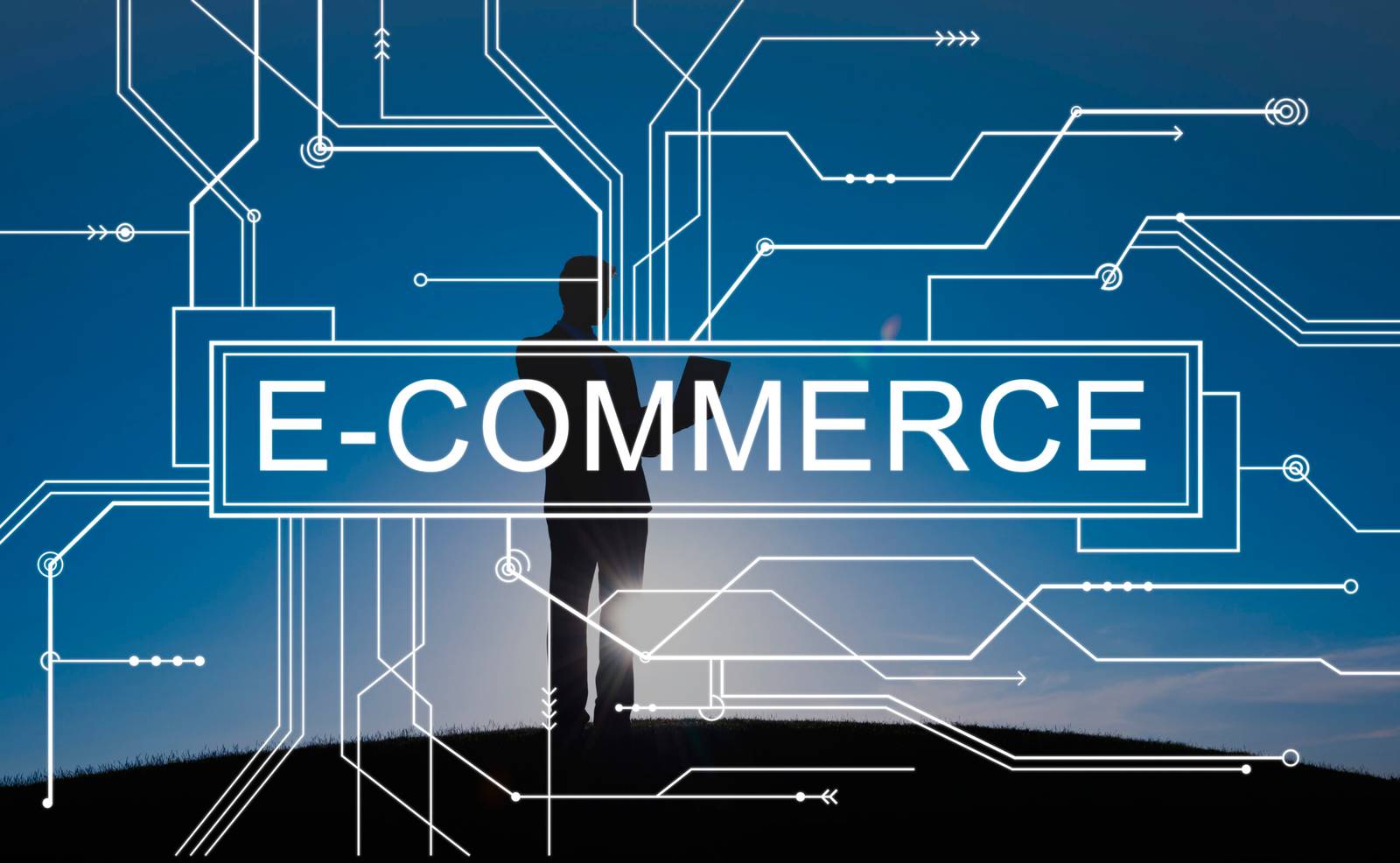E-Commerce Evolution: Trends in Online Shopping

by Web Digital
E-commerce, once a novel concept, has undergone a remarkable transformation over the past few decades. What began as simple online transactions has evolved into a dynamic and sophisticated ecosystem that encompasses a wide range of activities, from shopping to payments to personalized experiences. This article explores the evolution of e-commerce, delving into the trends and innovations that have shaped online shopping into the thriving industry it is today.
The Genesis of E-Commerce
The roots of e-commerce can be traced back to the 1960s when electronic data interchange (EDI) was introduced as a way for businesses to exchange documents electronically. The concept of online shopping gained momentum in the 1990s with the emergence of the World Wide Web. Amazon and eBay were among the pioneers, providing platforms for buying and selling goods online. The rudimentary online shopping experience of the early days laid the foundation for the e-commerce revolution that was yet to come.
The E-Commerce Revolution
The turn of the millennium saw the rapid growth of e-commerce, driven by advancements in technology, changing consumer behaviour, and increased internet penetration. Several key factors contributed to the e-commerce revolution:
1. Accessibility
The widespread availability of the internet and the proliferation of smartphones enabled people from all walks of life to access online shopping platforms.
2. Convenience
E-commerce offered unparalleled convenience—shoppers could browse and purchase products from the comfort of their homes, anytime and anywhere.
3. Diverse Product Range
E-commerce platforms expanded beyond books and electronics to offer a diverse array of products, from clothing to groceries to luxury items.
4. Secure Payments
Advancements in online payment systems provided secure and reliable methods for making transactions, boosting consumer trust.
5. Global Reach
E-commerce eliminated geographical boundaries, enabling businesses to reach a global customer base and consumers to access products from around the world.
Trends Shaping the Future of E-Commerce
As e-commerce matured, it gave rise to a new wave of trends and innovations that are shaping the future of online shopping:
1. Mobile Commerce (M-Commerce)
The proliferation of smartphones paved the way for m-commerce, allowing users to shop and make transactions directly from their mobile devices.
2. Personalization and AI
E-commerce platforms use artificial intelligence to analyze user behaviour and provide personalized recommendations, enhancing the shopping experience.
3. Voice Commerce
The rise of voice-activated virtual assistants like Amazon’s Alexa and Apple’s Siri has introduced a new way of shopping through voice commands.
4. Virtual Reality and Augmented Reality
AR and VR technologies enable users to virtually try on clothes, visualize products in their spaces, and experience immersive shopping environments.
5. Social Commerce
Social media platforms have integrated shopping features, allowing users to discover and purchase products without leaving the app.
6. Subscription Services
Subscription models offer convenience by delivering products on a regular basis, from meal kits to beauty products.
7. Sustainability and Ethical Shopping
Consumers are increasingly inclined to support brands that prioritize sustainability and ethical practices, prompting e-commerce platforms to highlight eco-friendly options.
8. Same-Day and One-Hour Delivery
E-commerce giants like Amazon have set the bar high with same-day and even one-hour delivery options, setting new standards for delivery speed.
Innovations Driving E-Commerce Forward
1. Drone Delivery
Drone technology is being explored to make quick and efficient deliveries, especially in remote or congested areas.
2. Blockchain and Cryptocurrency
Blockchain technology offers secure and transparent transactions, while some e-commerce platforms are starting to accept cryptocurrencies as payment.
3. Chatbots and Customer Service
AI-powered chatbots provide instant customer support, answering queries and guiding customers through the shopping process.
4. 3D Printing
The potential integration of 3D printing into e-commerce could revolutionize product customization and manufacturing.
The Future of E-Commerce
E-commerce’s evolution shows no signs of slowing down. The future promises:
1. Hyper-Personalization
AI will continue to refine product recommendations, tailoring them to individual preferences with unprecedented accuracy.
2. Seamless Integration
E-commerce will seamlessly integrate with other aspects of life, from social interactions to virtual reality experiences.
3. Enhanced Customer Engagement
Virtual shopping experiences and augmented reality try-ons will create interactive and engaging shopping journeys.
4. Sustainability Focus
E-commerce will prioritize sustainability, offering eco-friendly options and reducing its carbon footprint.
5. New Payment Methods
Emerging payment technologies, such as biometric authentication and decentralized finance (DeFi), will redefine online transactions.
Conclusion
From its humble beginnings as an experimental idea, e-commerce has evolved into a multi-faceted industry that has redefined the way we shop, connect, and do business. The fusion of technology, changing consumer behavior, and innovative ideas has propelled e-commerce to new heights. As we look toward the future, the continued fusion of technology, personalization, and convenience will drive e-commerce to even greater innovation, shaping how we shop and engage with the digital world in the years to come.
Recommended Posts

The Evolution of AI in Education
December 4, 2023

The Evolution of Social Media Platforms
November 25, 2023

AI in Education: Personalized Learning and Assessment
November 23, 2023
